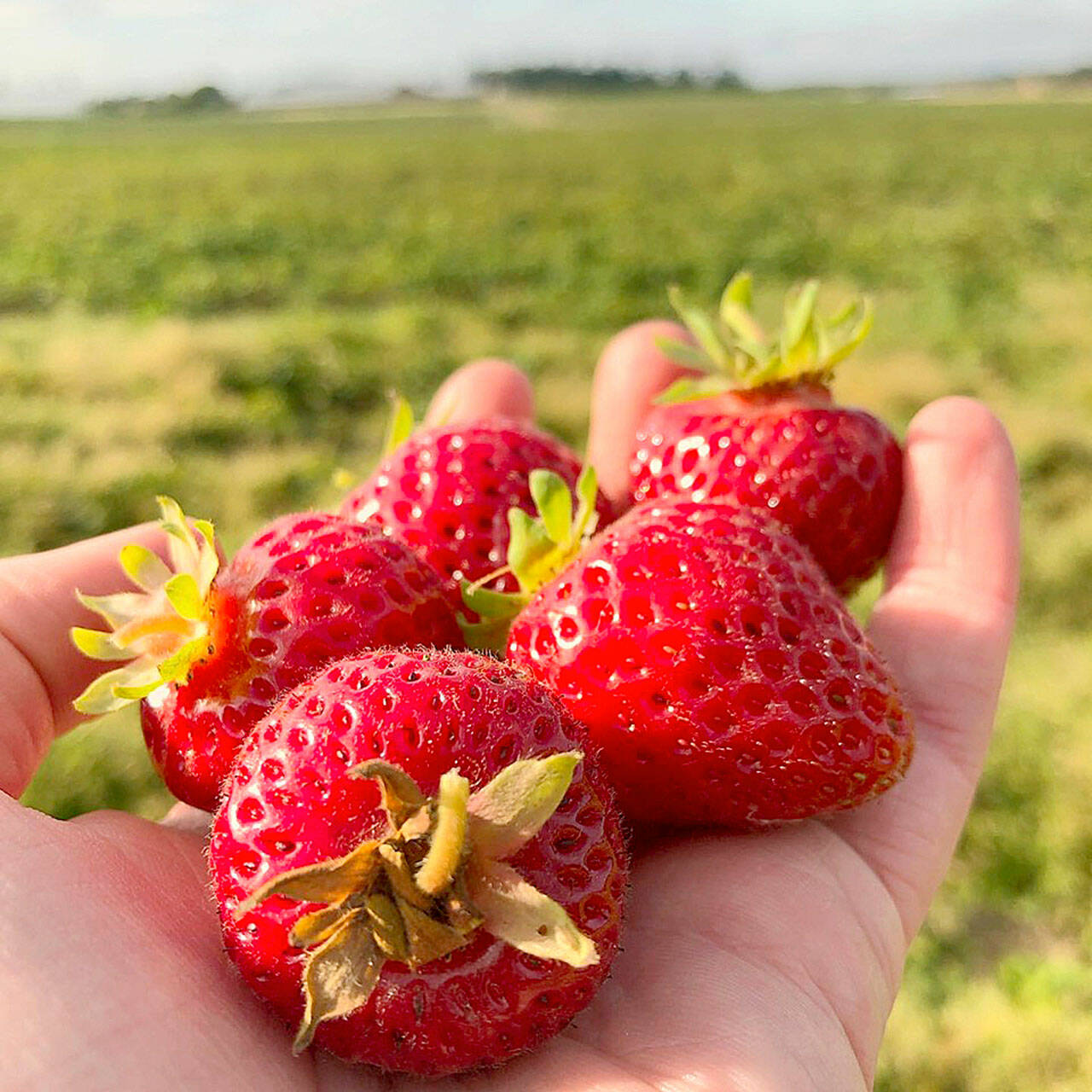Although related to the cultivated, mass-marketed June-bearing strawberry (Fragaria ananassa), Alpine strawberries are a different species (sometimes referred to as F. alpina and sometimes as F. vesca) with unique characteristics.
Unlike their rambling June-bearing relatives, Alpine strawberries (also known as “Fraises des Bois”) are tidy, mounding plants that do not produce runners. They are great in the ornamental landscape and perform beautifully in containers, raised beds, hanging baskets and as borders.
Although Alpine strawberries are small (about the size of your thumbnail) and fragile, the berries are praised for their concentrated flavors (a combination of strawberry, pineapple and rose) and balanced sweetness. Depending on the variety, Alpine strawberries range from ruby red in color to creamy white or yellow.
Due to the small size and fragility of the berry, Alpine strawberries rarely are found on the produce aisle of your grocery store. Luckily, they are low-maintenance perennials that can be grown in your own backyard.
Planting and care
For best results plant Alpine strawberries in well-drained soil in full sun. Space plants (which grow to about 12 inches in diameter at maturity) two feet apart. Be sure to keep the crown of the plant (where the shoots emerge from the root system) above the soil surface when planting.
The plants have relatively shallow roots so mulch them to retain moisture; keep them well-watered during times of drought. During the growing season, fertilize the plants lightly with a balanced fertilizer (with equal parts nitrogen, phosphorus and potassium) on a monthly basis.
Once established, Alpine strawberries produce only a small amount of fruit at a time but continue to produce throughout the growing season. Harvest berries regularly to keep plants producing and to limit diseases and pests.
Make sure the berries are fully ripe before you pick them. They should easily come off into your fingers with only the slightest tug.
If you find your Alpine strawberries to be less flavorful than you had expected, try sprinkling them with sugar and crushing them gently. This treatment, referred to as maceration, releases the juices and allows the flavors to emerge.
Alpine strawberries are perennials. In the fall, some gardeners lay straw over the plants after a few hard frosts to prevent frost heaving. Plants will go dormant over the winter but begin producing again when temperatures warm.
Propagation
Unlike June-bearing strawberries, Alpine strawberries can be grown from seed. Because the seeds require exposure to cold to sprout, place them in the freezer for at least three weeks before planting.
Sow the small seeds lightly on the soil surface and cover them with a small amount of soil. Seedlings can take up to a month to emerge, so do not get discouraged if they do not sprout quickly.
Alpine strawberries can be propagated through division. To divide an established plant, dig it up in early spring and break it into clumps. Replant the more vigorous clumps, typically those from the outer parts of the plant, making sure that they have roots attached. Discard the old center of the plant.
Alpine strawberries are not a high-production crop. Two or three plants produce only a handful or so of berries a week. But many gardeners find the taste of Fraises des Bois (and their easy maintenance) sufficient justification for growing Alpine strawberries in their landscapes.
Bon Appétit!
Jeanette Stehr-Green is a WSU-certified Clallam County Master Gardener.


